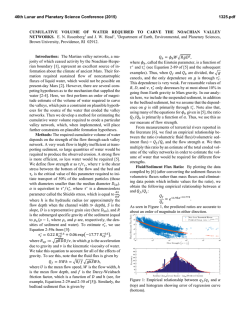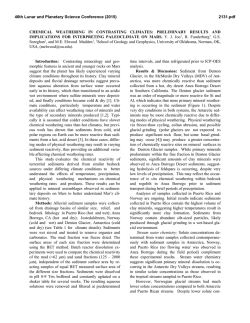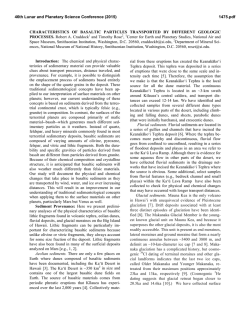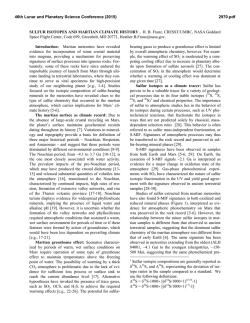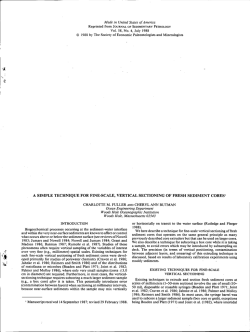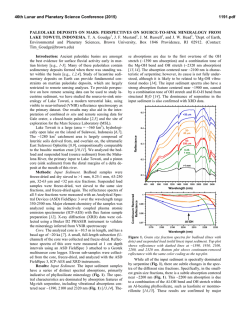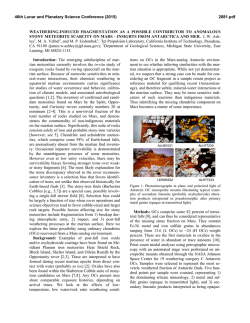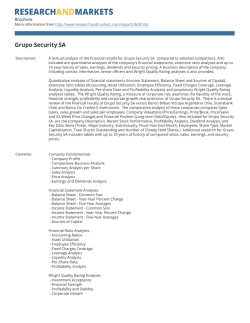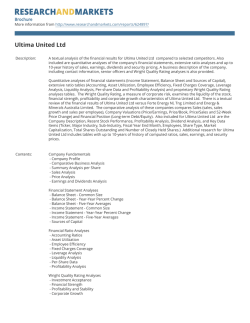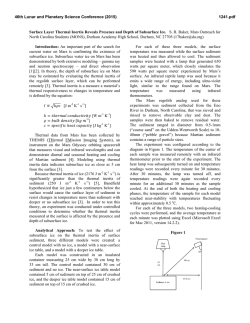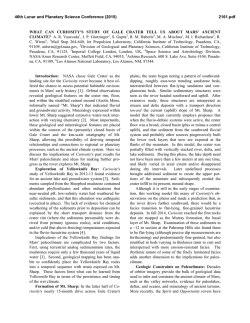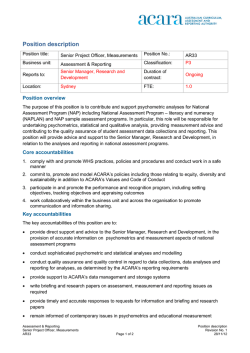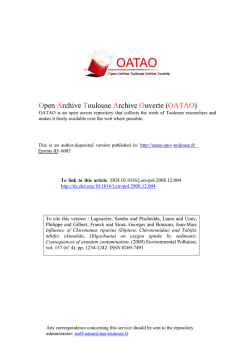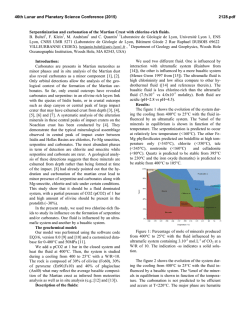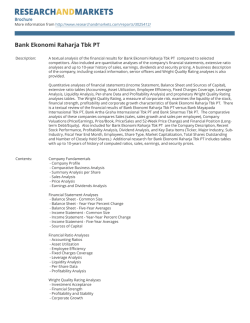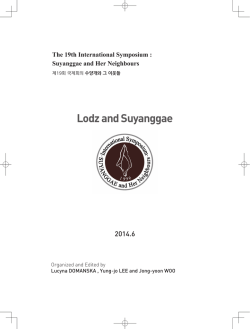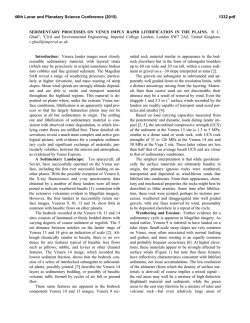
Analyses of Basaltic Sediments Subjected to Wave Erosion and
46th Lunar and Planetary Science Conference (2015) 2514.pdf ANALYSES OF BASALTIC SEDIMENTS SUBJECTED TO WAVE EROSION AND THEIR IMPLICATIONS FOR PAST MARTIAN COASTAL PROCESSES. Evan J. Whallon1, Robert A. Craddock2 Doug Crowe1, and Timothy Rose3, 1Department of Geology, 210 Field Street, University of Georgia, Athens, GA 30602-2501, [email protected], 2 Center for Earth and Planetary Studies, National Air and Space Museum, Smithsonian Institution, Washington, D.C. 20560, [email protected], 3Department of Mineral Sciences, National Museum of National History, Smithsonian Institution, Washington, D.C. 20560, [email protected]. Introduction: There is increasing evidence for past oceans, lakes, and standing bodies of water on ancient Mars [e.g., 1 and 2]. In such shoreline and coastal environments, it is expected that the sediment would be reworked and modified. Because of the lithologic similarities between rocks and sediments seen on Mars to those found on the Islands of Hawaii [3 and 4], studies of similar, contemporary processes in certain Hawaiian coastal regions could provide insight into coastal conditions of the Martian surface in the past. Here we analyze sediments from the green sand beach of Papakolea, Ka’u District, Hawaii to determine sedimentary characteristics that might be diagnostic of ancient coastal settings on Mars. Method: Four samples from different parts of the beach and littoral zone were collected. Sample 1 is from the source region where sediments from the topographically higher ledge form a slope around the cove in the coast/backshore region of the beach. Sample 2 consists of sediment from beach washed by high tides where ocean waves have ephemeral interaction with this sediment (foreshore/high water line area). Sample 3 is from the active surf region of the strand where ocean waves interact with sediment throughout the day (shoreline). Sample 4 is from the offshore area where wave sediment interaction depends primarily on wave amplitude and the location of the tide but is below the water’s surface throughout the entire day. Preliminary Observations: Our initial analyses reveal clear distinctions in both the lithology and physical characteristics of the sediments collected from the different areas. General lithologic determinations were made under a binocular microscope. We noticed that reworked olivine grains make up the bulk volume of samples 1-3. In sample 4, however, shells and coral fragments make up the bulk volume. Other material present include basaltic glass and rock fragments that occur in all four samples. 200 grain splits were then separated from the main samples and observations were made on their sphericity and angularity under a binocular microscope (Table 1). Individual particle were also selected for analyses using a scanning electon microscope (SEM, Figure 1). The samples were then sieved using a ro-tap machine with the series of sieves determined from observations on grain sizes (Figure 2). Discussion: Sieving reveals that the bulk volume of Samples 1-3 is within 1.25-2 phi (medium sand) while Sample 4’s bulk volume is between 2 and 3 phi (fine sand), again suggesting that the basaltic sediment is broken down in a high energy wave environment. Angularity analysis reveals that samples collected in areas with high interaction with sea water (2 and 3) are mostly intermediate to rounded which is likely due to the increased interaction with the waves. Implications: Although our analysis is from a small location, the sediments at Papakolea are compositionally similar to Martian surface materials. The high olivine content also makes the material somewhat diagnostic, so it is possible to determine out the sediment is being reworked and transported offshore. Our analyses suggest that sediments with similar physical characteristics would be very distinct and extremely useful for identifying past shorelines and beaches on Mars. Potentially, similar sediments may eventually be found by the Curiosity lander as it continues to explores Gale Crater. Future Work: Further analyses are proposed to follow up on these observations. We plan to perform XRD and additional SEM (Figure 1) analyses on each size fraction as a means of identifying if the original source of material is a determinate of grain size and/or geochemistry or if extensive mixing of sediment from multiple sources has occurred. Such analyses could provide additional insight into past Martian coastal processes and the extent to which lakes, oceans, and seas may have covered the surface of Mars in the past. Angularity Sample: 1 2 3 4 Angular Sphericity Intermediate Rounded High Medium Low 52 79 69 38 68 94 15 94 91 48 49 103 11 83 106 52 85 63 47 76 77 34 74 92 Table 1. Angularity and sphericity analyses of particles contained in each of the four samples . Acknowledgements: This work was supported by NASA Grant NNX14AN32G. 46th Lunar and Planetary Science Conference (2015) Figure 1. SEM image of a basaltic fragment from the surf area (sample 3). Note the the particle is devoid on any surface texture. The different shades of gray represent different mineralogy, including olivine, pyroxene, and feldspar crystals. Figure 2. Grain size chart for Samples 1-4 as determined by sieving. References: [1] Carr, M. H. and J. W. Head, III (2003) JGR, 108, E5, 5042. [2] Grotziner J. P. et al. (2014) Science, 343, 6169. [3] Gellert, R. et al. (2004) Science, 305, 829-832. [4] Brown, D., G. Webster, and R. Hoover (2012), NASA Press Release 12-383. 2514.pdf
© Copyright 2026
